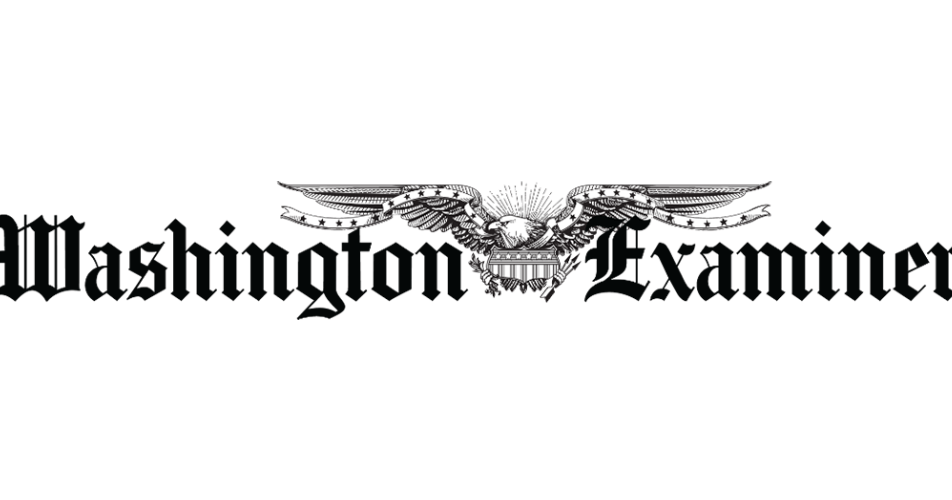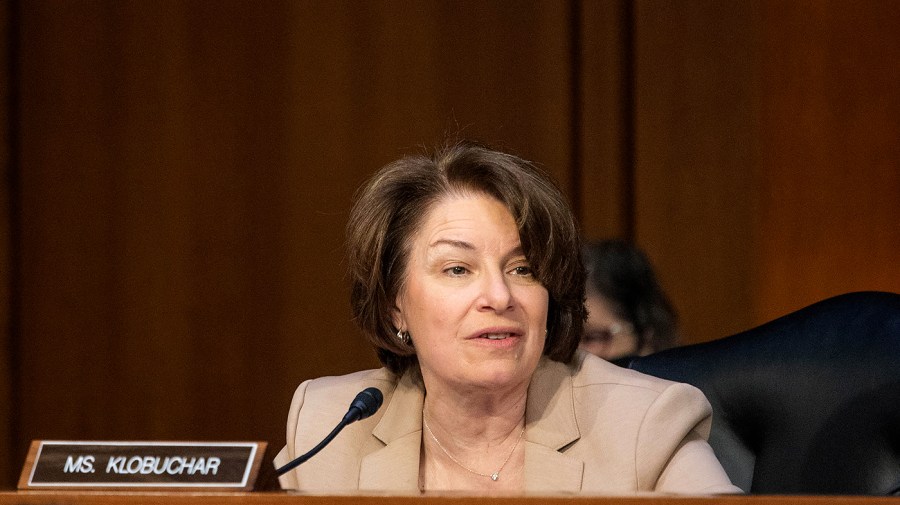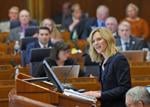Representative Don Bacon’s recent declaration that he will not seek re-election in 2026 has sent ripples through the political landscape, immediately transforming Nebraska’s second congressional district into one of the most critical swing seats in the upcoming House Elections. This unexpected announcement by the veteran congressman fundamentally alters the strategic calculus for both major parties, setting the stage for a high-stakes electoral battle that could significantly influence the balance of power in Washington D.C.
Bacon’s district has long been recognized for its unique political leanings, often serving as a barometer for national sentiment rather than adhering strictly to partisan lines. Notably, it was one of the few districts that supported former Vice President Kamala Harris in the previous election cycle while simultaneously re-electing a Republican, underscoring its genuinely competitive nature. This historical electoral performance solidifies its status as a quintessential swing seat, making it a prime target for intensive campaigning and resource allocation from both sides of the aisle in the lead-up to the 2026 Race.
The Democratic Party, acutely focused on reclaiming control of the House of Representatives, will undoubtedly view this open seat as a golden opportunity. Without an incumbent to challenge, the path to victory becomes theoretically clearer, though still fraught with complexities. Conversely, Republicans will be keen to defend this seat, understanding its symbolic and practical importance in maintaining or expanding their congressional foothold. The absence of Don Bacon from the ballot will necessitate new campaign strategies and candidate recruitment efforts for both parties.
This newly open congressional seat is expected to attract considerable national attention and significant financial investment from political action committees and major donors. It will likely become one of the most expensive and closely watched races in the 2026 cycle, with its outcome potentially signaling broader trends in voter sentiment and the national political mood. Analysts and strategists will closely monitor the dynamics of this Nebraska contest, using it as an early indicator of the political climate leading into the midterms.
The race for Nebraska’s second district will also bring into sharper focus the evolving demographics and political leanings within the region. Both parties will need to craft messages that resonate with a diverse electorate, balancing local issues with national party platforms. The candidates who emerge from the primaries will face the challenge of unifying various factions within their respective parties while simultaneously appealing to the independent and swing voters who ultimately decide the fate of this pivotal seat.
Ultimately, Don Bacon’s decision not to seek re-election transforms this specific district into a microcosm of the larger battle for congressional control. The intensity of the competition, the caliber of the candidates, and the sheer volume of external resources poured into this Nebraska contest will make it a definitive test of each party’s ability to connect with voters and mobilize their bases. The outcome of the 2026 House Elections, and consequently the legislative agenda in Washington D.C., could very well hinge on the results from this key swing district.
Discover more from The Time News
Subscribe to get the latest posts sent to your email.






